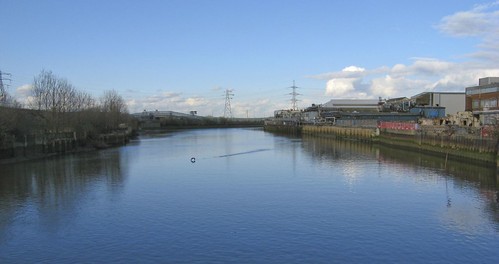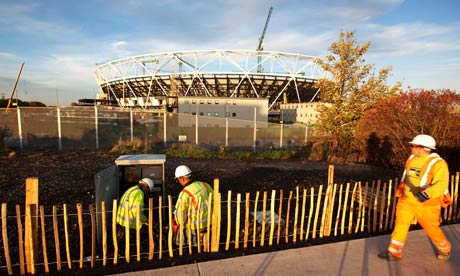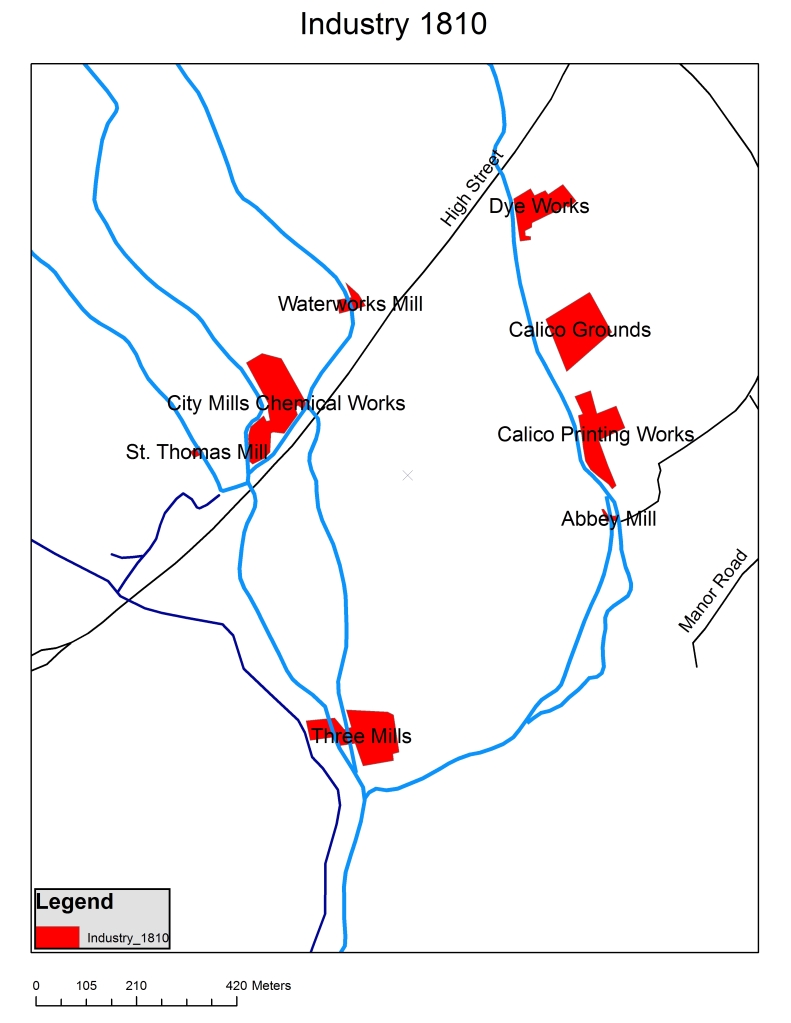“Green light for green corridor from Olympic Park to Thames”
Here is an important news story about the future of the Lower Lea Valley:
” THE final jigsaw piece in post war city planners’ ambitions to link London’s green belt with the Thames will be realised in time for the 2012 Olympics, nearly 70 years after its initial inception.
The London Thames Gateway Development Corporation has given the green light to build the backbone for a new urban park in east London, linking the Olympic Park at Stratford with the Thames at the East India Dock Basin.”
Read the whole story at the East London Advertiser
Having walked around both sides of the mouth of the Lea and along the whole length of the Lea from the Limehouse Cut to Waltham Abbey, I’m pretty happy to see planning approval for the final link of pathways along this stretch of Bow Creek. I hope they find a way to maintain and highlight some of the industrial heritage alongside river. I’m a big fan of the wetlands created out of the East India Dock basin and I hope this kind of hybrid of renationalisation and industrial heritage can work in other spaces along this new corridor of parkland.



